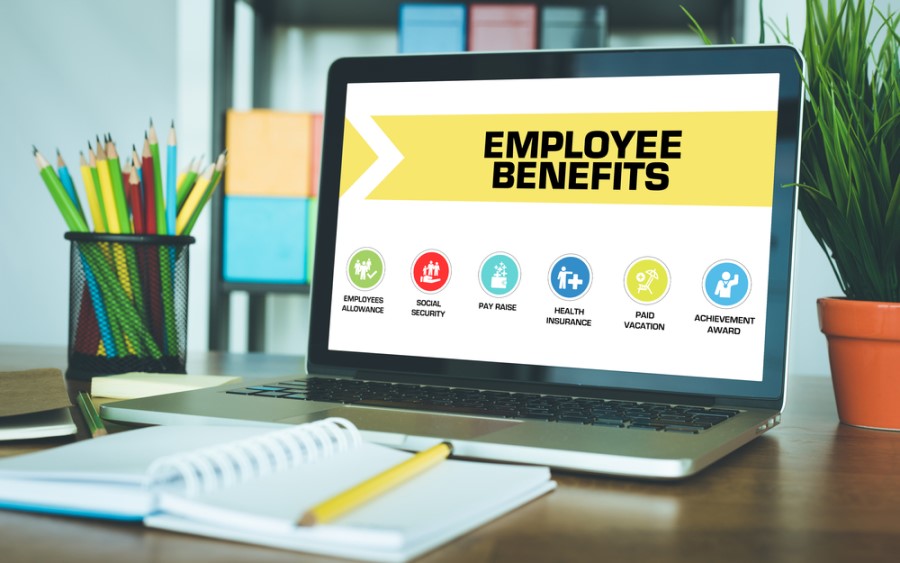Four key considerations when planning a new flexible benefits scheme
If employers want to attract and retain the right people in today’s market, they need to respond quickly to employees’ changing needs. In turn, many employees have a new expectation that flexible benefits aren’t just a ‘nice to have’ – they are becoming more like a right.

This means there’s two big questions on the lips of HR and benefits professionals:
- How do we ensure we give ourselves the best chance of delivering what today’s employees demand?
- And more importantly, how do we make sure that what we offer is part of a long-term plan – and isn’t just a limited, knee-jerk reaction to present circumstances?
Choosing the right supplier for your scheme and creating the right working relationship with them is key. So whether you are setting up a scheme for the first time, or are reviewing your existing supplier, we’ve put together a guide outlining the most important things you need to consider to make sure your approach to the market is well-planned.
1. Plan your investment, define the brief
Today, employees access schemes via smartphones as well as other devices, which unfortunately means many organisations approach choosing a new flexible benefits provider in the same way as they would a new, standalone piece of software. However, this is an approach that has limited value.
Successful schemes are strategic projects that deliver improved outcomes for the business. They should also act as the driver of your wider eco-system of talent management and employee engagement.
So first you need to think carefully about what you’re main objectives are as a business. Just as importantly, you need to consider what your employees really want from the scheme – researching personas to make sure that what you offer is attractive, relevant and fresh. Only by doing this will you and your supplier understand what you need to do to achieve your aims.
2. Define how you will work with your supplier
Organisations differ widely in terms of the support they want from their supplier. You may well have your own internal project management or communications team. Or you may be looking to your supplier to lead on this. It’s important to define what your relationship will be from the outset. One of the best ways to do this is with a gap analysis to define what skills and expertise you have internally, and where the gaps are that you need support with from your chosen partner.
3. Keep your scheme fresh after launch
Once you are up and running, even the best designed schemes need to be reviewed regularly. You need to be able to measure and monitor against the key performance indictors you set out at the planning stage, and get feedback from employees on what they value and understand about the scheme.
Talk to your supplier about this, and establish up front how this process is going to work and where they can add value. For instance, are they set up to provide you with the data you will need to generate to drive future improvements? Working this way will put you in the best possible position to refine your scheme and improve, or drop, benefits that aren’t working.
4. Think about adaptability
Although it doesn’t guarantee success on its own, the underlying technology your supplier brings to the party is a critical consideration if you want to achieve long-term adaptability. SaaS technology brings significant advantages in this respect. In fact, it has become a pre-requisite if you want the ability to offer benefits that adapt to employee needs as they change.
SaaS is also important if you want employees to be able to access and amend their benefits selection anytime, on any device. Most organisations don’t have the human resource, time or money to manually administer schemes this way – so it’s important that your relationship with your supplier is supported by technology that will offer you the right degree of flexibility and user experience.
At Edenred we’ve recently produced a buyer’s guide to flexible benefits that provides more detail on these points and more. You can access the full guide here on the REBA Reports page.
This article is provided by Edenred.
Supplied by REBA Associate Member, Edenred
We help you build stronger connections with your employees to drive higher engagement&performance.







